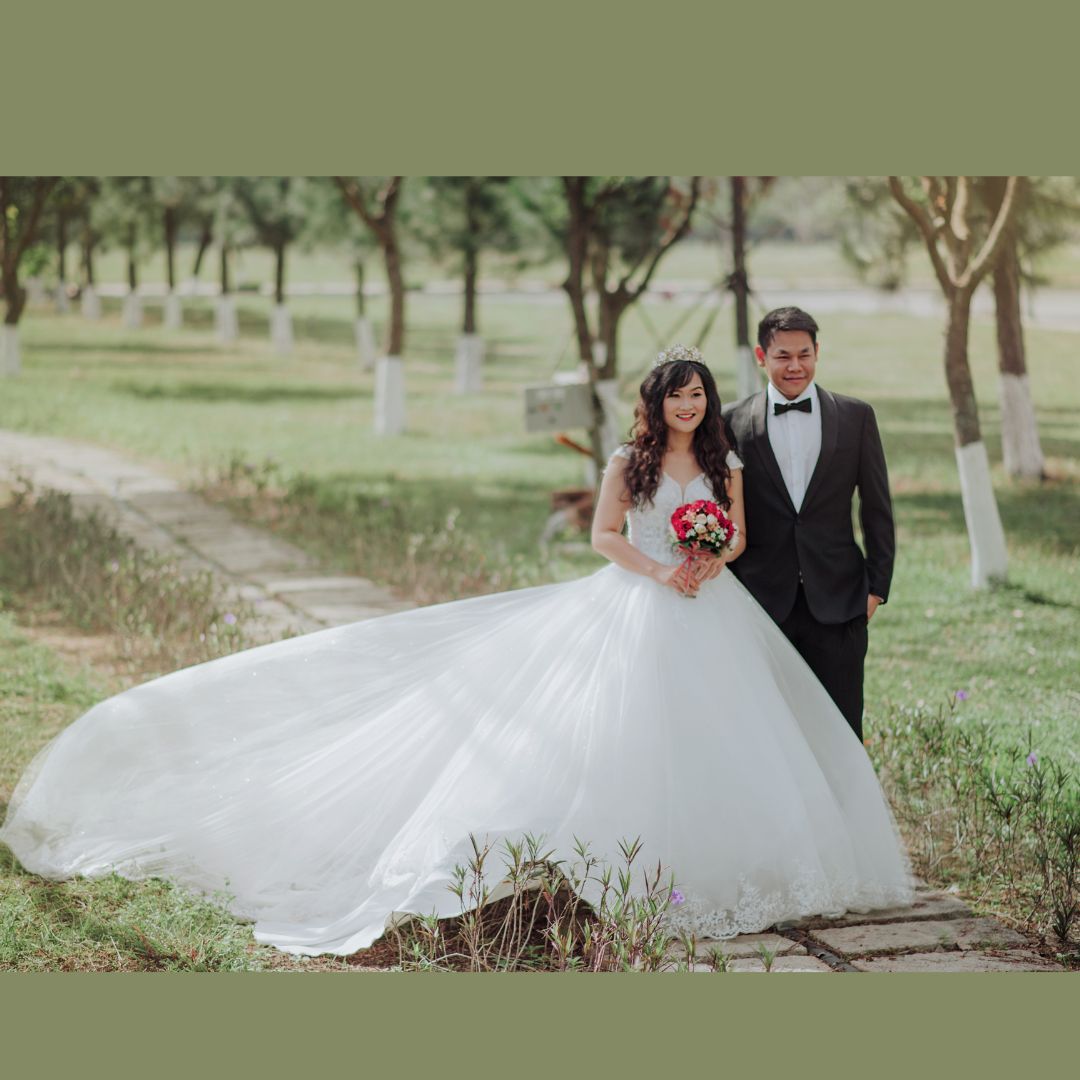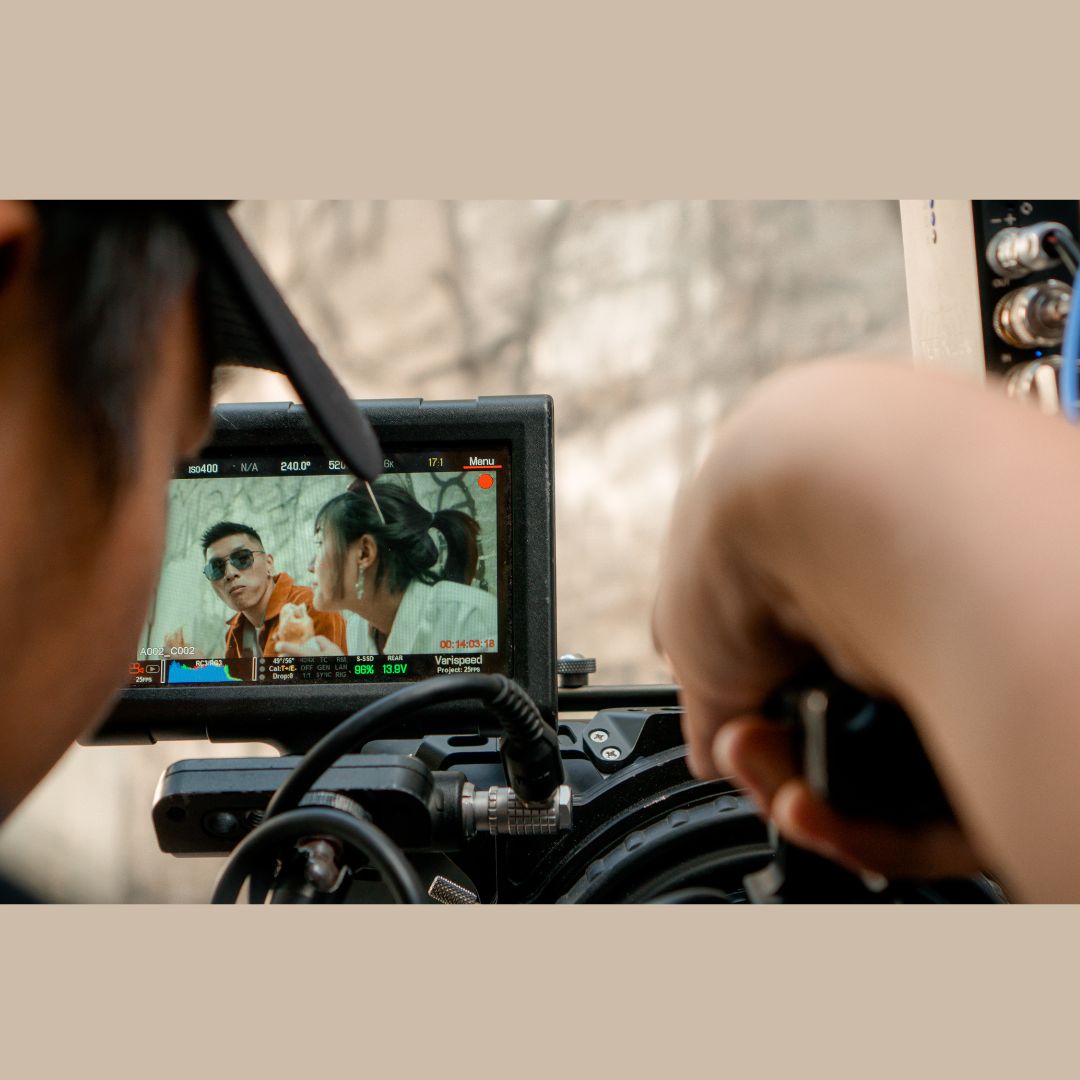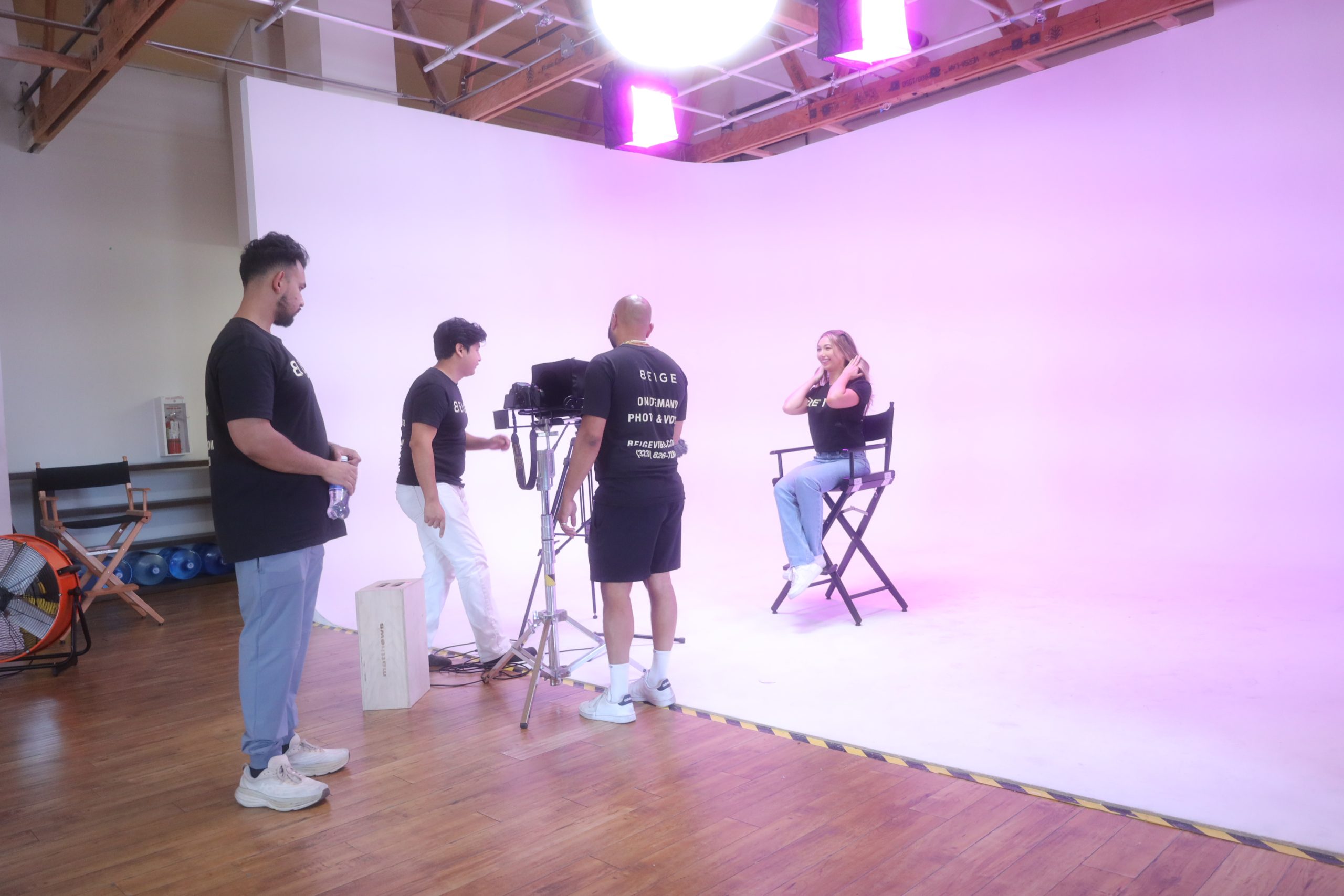No products in the cart.

Engagement Photo Session Tips: A Comprehensive Guide
Introduction: Everyone dreams of receiving a romantic proposal from their significant other. It resembles a childhood fantasy coming to pass. It really is a
A “perfect shooter” in photography refers to a skilled and proficient photographer who consistently captures exceptional and visually stunning shots. Understanding the basics of photography is essential to becoming a perfect shooter. This includes knowledge of camera settings, equipment, lighting, composition, and exposure.
Achieving perfection in photography requires a combination of technical skills and knowledge, creativity and artistic vision, attention to detail, and patience and timing. A perfect shooter possesses these qualities and utilizes them to create captivating photographs.
Mastering the art of perfect shots involves selecting the right subject, choosing the perfect location, utilizing various camera techniques, and enhancing the images through post-processing and editing.
However, there are common challenges that photographers may face in their pursuit of perfect shots, such as dealing with low light conditions, capturing fast-moving subjects, handling weather challenges, and overcoming technical limitations.
To improve photography skills, aspiring perfect shooters can practice regularly and experiment with different techniques, seek feedback from others, study and analyze great photographs, and embrace new technologies that enhance their craft.
By understanding the concept of a perfect shooter, mastering the fundamentals, embracing creativity, and continuously striving to improve, photographers can elevate their skills and capture images that truly stand out.
What is a Perfect Shooter in Photography? A perfect shooter in photography refers to an individual who consistently captures high-quality and visually appealing photos. They possess a deep understanding of composition, lighting, and subject matter. A perfect shooter knows how to effectively use their camera, including adjusting settings such as aperture and shutter speed. Additionally, they demonstrate a keen eye for detail and possess the ability to anticipate the perfect moment to capture an image. A perfect shooter is continuously learning and improving, remaining updated on the latest techniques and equipment. Ultimately, they have a passion for photography and are fully dedicated to honing their skills.
Mastering the art of photography begins with understanding the basics. In this section, we’ll dive into the world of photography by exploring camera settings and equipment, lighting and composition, and understanding exposure. From adjusting aperture and ISO to capturing the perfect balance of light and shadow, we’ll uncover the secrets to capturing breathtaking moments. Get ready to embark on a visual journey that will transform your photography skills from ordinary to extraordinary.
Understanding camera settings and having the right equipment are crucial elements in achieving great photographs. Here are some key considerations for camera settings and equipment:
Lighting and composition are crucial elements in photography that can make or break a shot. Good lighting helps to create the right mood and highlights the subject, while composition enhances the visual appeal and storytelling of the photograph. Here are a few considerations for mastering lighting and composition:
1. Lighting: Understand different natural and artificial light sources and how they affect the scene. Experiment with techniques like backlighting, sidelighting, and diffused lighting to create depth and drama.
2. Composition: Follow the rule of thirds, leading lines, and framing techniques to create a balanced and visually pleasing image. Consider the placement of the subject, background elements, and negative space to create a compelling composition.
3. Balance: Find the right balance between light and dark, colors, and shapes to create harmonious and visually striking images. Pay attention to the placement of objects and the overall visual weight of the composition.
4. Experiment: Don’t be afraid to try different angles, perspectives, and lighting setups to create unique and creative photographs. Explore different compositional techniques to add interest and depth to your images.
By paying attention to lighting and composition, photographers can elevate their photographs to new levels, capturing stunning and impactful moments.
Understanding exposure is fundamental in photography as it has a direct impact on the brightness and darkness of an image. To gain a better grasp of this concept, here are some key points to consider:
To enhance your understanding of exposure, it is beneficial to experiment with different settings and carefully analyze the results. Additionally, seeking feedback from experienced photographers and studying well-exposed photographs can provide inspiration and valuable insights. Embracing new technologies and techniques will also contribute to improving your exposure skills.
When it comes to being a perfect shooter, certain qualities set individuals apart from the rest. In this section, we’ll dive into what makes a shooter excel, exploring their technical skills and knowledge, their creativity and artistic vision, their attention to detail, and their patience and timing. Discover the traits that make a shooter stand out, backed by real-world experiences and insights. So, let’s explore what it takes to be the epitome of shooting perfection!
To become a perfect shooter in photography, it is crucial to possess strong technical skills and knowledge. Here are some vital aspects to prioritize:
By consistently improving your technical skills and knowledge in photography, you can capture awe-inspiring shots and effectively express your artistic vision.
Creativity and artistic vision are essential qualities that every photographer should possess. These qualities enable photographers to capture exceptional and captivating images that truly stand out from the rest. Cultivating and enhancing these skills is crucial for photographers looking to excel in their craft. Here are some practical ways to nurture and develop your creativity and artistic vision:
1. Experiment with various angles, perspectives, and compositions to create visually intriguing shots that spark the viewer’s interest. By exploring different techniques, you can discover unique and imaginative ways to capture your subject.
2. Play with light and shadows to add depth and drama to your photographs. Understanding how light interacts with your subject can transform an ordinary scene into a mesmerizing visual masterpiece. Use light creatively to evoke emotions and enhance the overall impact of your images.
3. Harness the power of color to convey your artistic vision and evoke specific emotions in your viewers. Creative use of colors can heighten the mood of a photograph and create a strong connection between the viewer and your work.
4. Push the boundaries of your creativity by exploring different genres of photography. Each genre offers distinct opportunities to challenge yourself and broaden your creative horizons. From landscape to portrait, macro to street photography, experimenting with various styles can help you discover new ways to express your unique vision.
Fact: Did you know that Pablo Picasso, the renowned artist, also had a passion for photography? He utilized photography as a medium to explore different perspectives and shapes, expanding his artistic vision across multiple mediums.
Keep nurturing your creativity and artistic vision, and let them guide you as you capture extraordinary moments through your lens.
Paying careful attention to detail is a vital aspect of photography that can truly make a significant difference in the overall quality of your shots. It is the smallest details that can elevate your photographs from being just good to being truly exceptional. So, here are a few ways that can help you cultivate and improve your attention to detail in photography:
By continuously honing your attention to detail, you can significantly enhance your photography skills and consistently produce captivating and impactful images.
Mastering the Art of Perfect Shots takes more than just a click of a button. It’s about capturing that perfect moment, freezing time in a single frame. In this thrilling section, we’ll uncover the secrets of becoming a photo expert. From selecting the right subject to exploring breathtaking locations, we’ll dive into various camera techniques and the magic of post-processing. Get ready to ignite your creativity, as we embark on a journey to unlock the power of the perfect shot.
Choosing the Right Subject has always been crucial in the world of photography when it comes to capturing the perfect shot. From the early days of black and white film to the modern digital age, photographers have understood the significance of selecting the appropriate subject that captures their interest and tells a compelling story. As you choose your subject, it is important to consider factors such as lighting, composition, and visual appeal. By looking for unique angles, interesting patterns, or emotions that evoke a sense of depth, you can enhance the impact of your photographs. It is also important to experiment with different subjects to develop your own unique style and find what resonates with you personally. Always remember that the power of a truly remarkable photograph lies in the selection of the right subject.
When it comes to selecting the perfect location for photography, there are a few key factors to consider. First and foremost, it is essential to focus on “Selecting the Perfect Location.” Look for a spot with an interesting and visually appealing background that complements your subject. Additionally, pay close attention to the lighting conditions at the location. The natural light available can significantly impact the mood and quality of your photos. Another crucial aspect is accessibility. Therefore, while choosing a location, make sure it is easily accessible and allows for a smooth execution of the shoot. Suitability is also vital to consider. Ensure that the location aligns with the theme or concept you have in mind. Lastly, seek out unique and inspiring locations that offer something different and help bring your vision to life. By carefully incorporating all these factors into your decision-making process when “Selecting the Perfect Location,” you can enhance your photography skills and create absolutely stunning images.
Utilizing different camera techniques can take your photography skills to the next level. Here are some techniques to consider:
Experimenting with these techniques can help you enhance your photography skills and unlock new creative possibilities. Don’t be afraid to try new things and have fun capturing unique and stunning shots!
Post-processing and editing are vital elements that contribute significantly to enhancing the final quality of a photograph. When it comes to post-processing and editing, it is essential to follow these crucial steps:
It is important to bear in mind that post-processing and editing should enhance the image while preserving its authenticity and remaining faithful to your intended vision.
Striving to be the perfect shooter? We all face challenges when it comes to capturing those flawless shots. In this section, we’ll dive into the common hurdles we encounter along the way. From low light conditions to fast-moving subjects, unpredictable weather, and technical limitations, each sub-section reveals unique strategies to overcome these obstacles. So, get ready to enhance your photography skills and conquer these challenges head-on!
In a similar situation, I was photographing a wedding reception in a dimly lit venue. By following these steps, I was able to capture beautiful moments with clear details despite dealing with low light conditions.
To effectively capture fast-moving subjects and freeze the action in your images, it is crucial to utilize the appropriate techniques and settings. Here are a few steps to consider:
Adjust your camera to a fast shutter speed, enabling you to freeze the movement and produce sharp, focused images.
Utilize the continuous autofocus mode to track the subject’s movement continuously, ensuring that it stays in focus throughout the shot.
Prioritize pre-focusing on the area where you expect the subject to be and anticipate their movement. This allows you to capture the moment the subject enters the frame.
Consider using burst mode or continuous shooting mode to capture multiple frames rapidly. This considerably enhances the likelihood of obtaining the perfect shot.
Modify the ISO settings to ensure proper exposure, particularly in challenging lighting conditions. Higher ISO values can help maintain fast shutter speeds.
Experiment with various angles and perspectives to introduce dynamism to your shots. Capture the subject from different directions to showcase its movement effectively.
By following these steps, photographers can successfully capture fast-moving subjects and freeze the action in their images.
Handling weather challenges while photographing requires careful planning and preparation. Here are some steps to help you overcome these challenges:
Check the weather forecast: Stay updated on the weather conditions to anticipate any challenges you may face.
Protect your equipment: Invest in weather-resistant gear specifically designed to handle weather challenges, such as camera covers, to shield your equipment from rain, snow, or dust.
Bring the right accessories: Carry essential accessories like a lens hood to minimize lens flare caused by sunlight and use lens wipes to keep your lenses clean from raindrops or condensation, ensuring your equipment is ready to tackle weather challenges.
Adjust camera settings: Modify your camera settings accordingly to compensate for different weather conditions. Increase shutter speed for capturing fast-moving subjects in windy conditions or decrease aperture for better depth of field in foggy environments, allowing you to handle weather challenges effectively.
Compose creatively: Embrace the weather elements and use them to your advantage, incorporating them into your composition. Capture the raw power of lightning during a storm or artistic reflections in puddles after rain, making weather challenges an integral part of your photography.
Stay patient: Be prepared to wait out bad weather conditions, as patience plays a crucial role in handling weather challenges while photographing. Alternatively, consider returning to the location at another time when the weather conditions are more favorable.
Overcoming technical limitations is a crucial aspect of photography. Here are some strategies to tackle common challenges:
| Challenge | Solution |
| Low Light Conditions | Use a wider aperture, increase ISO, utilize a tripod, or experiment with long exposures. |
| Fast-moving Subjects | Utilize a higher shutter speed, continuous autofocus, and burst mode to capture action shots. |
| Weather Challenges | Protect your equipment with weather-sealed gear, use lens hoods, and be prepared with covers or umbrellas. |
| Technical Limitations | Understand the limitations of your gear and work around them by adjusting settings, utilizing suitable lenses, or exploring post-processing options. |
Remember, it’s important to stay adaptable and creative to overcome technical limitations and capture exceptional photographs.
Pro-tip: Experimenting with different techniques and continually learning about your equipment will help you push the boundaries of what is possible and unlock your full creative potential.
Get ready to elevate your photography skills with the ultimate tips and techniques! We’re diving into the world of capturing beautiful moments and creating masterpieces with our cameras. From practicing regularly and experimenting with different styles, to learning from others and seeking valuable feedback, we’ve got you covered. We’ll also unravel the magic of studying and analyzing great photographs, while keeping up with the latest technologies to stay ahead of the game. Let’s unleash your inner artist and become the perfect shooter you’ve always aspired to be!
Practicing regularly and experimenting with different techniques are key to improving your photography skills. It’s important to set aside dedicated time for practice sessions to develop your skills and become familiar with your camera. Additionally, don’t be afraid to experiment with different subjects, such as landscapes, portraits, or still life, to gain experience in various genres.
Another aspect to consider is composition exploration. Trying different angles, perspectives, and framing techniques can add variety and interest to your photographs. Furthermore, playing with natural and artificial lighting will help you understand how they affect the mood and atmosphere of your images.
Technical exploration is also crucial in improving your photography skills. Take the time to explore different camera settings, exposure modes, and lenses to understand their impact on your photographs.
Moreover, seeking feedback from experienced photographers and analyzing your own work will allow you to identify areas for improvement. Incorporating practice and experimentation into your photography journey will surely lead to growth and enhancement.
Learning from others and seeking feedback is an indispensable aspect of improving photography skills. By observing and analyzing the work of experienced photographers, you can acquire valuable insights and inspiration. Seeking feedback from peers or professionals helps you identify areas for improvement and receive constructive criticism. It’s crucial to have an open mind and be receptive to feedback, as it can refine your techniques and nurture your own unique style. Embracing the opportunity to learn from others and seek feedback is a continuous learning process that significantly enhances your photography skills.
True history: One remarkable example of an artist who greatly benefited from learning from others and seeking feedback is the renowned painter Vincent van Gogh. Throughout his career, van Gogh actively engaged in exchanging ideas and receiving criticism from fellow artists such as Paul Gauguin and Emile Bernard. Their insights and feedback challenged van Gogh to experiment with new techniques and perspectives, ultimately contributing to the development of his distinctive style and iconic artworks. Van Gogh’s eagerness to learn from others and seek feedback played a pivotal role in his artistic growth and enduring impact on the art world.
To enhance your photography skills, it is imperative to study and analyze great photographs. This allows you to comprehend composition, lighting, and techniques employed by master photographers. By closely evaluating their work, you can cultivate a discerning eye and acquire invaluable lessons to apply to your own photography. Seek out photographs that ignite your creativity and dissect the elements that contribute to their success – the composition, utilization of light, subject matter, and storytelling. Dedicate time to delve into various genres and styles, as this can broaden your creative horizons and assist in developing your own distinct vision. Practice and experiment persistently and embrace feedback from others to ensure continuous growth as a photographer.
Embracing and adapting to new technologies will not only expand your creative possibilities but also keep you ahead in the competitive world of photography.
The “Perfect Shooter” objective in the Hitman game refers to one of the payout objectives that requires the player to hit something other than a human target. This can include shots on non-human objects such as cameras, propane tanks, surveillance recorders, and electrical sockets.
Yes, deliberate shots on non-human objects like cameras, propane tanks, surveillance recorders, and electrical sockets are considered as missed shots in the “Perfect Shooter” objective, even though they are deliberate actions.
Yes, there is a suggested change to modify the “Perfect Shooter” objective. The suggestion is to include interactive objects such as can canisters, fire extinguishers, propane canisters, electric sockets, cameras, surveillance recorders, oil drums, and water barrels as valid hits in the objective.
In the modified “Perfect Shooter” objective, shots that hit the environment, water, skybox, or solid non-interactable objects would still be considered as missed shots.
Yes, in addition to the modified “Perfect Shooter” objective, suggestions for additional objectives include not disabling cameras and not causing accidental kills with objects like oil drums, water barrels, propane tanks, or through drowning or falling.
Some accomplished NBA marksmen who regard Stephen Curry as the greatest shooter in NBA history include Rick Barry, Kiki Vandeweghe, Chuck “The Rifleman” Person, Dana Barros, and Steve Nash. However, there are reservations about comparing players from different eras.
Lorem ipsum dolor sit amet, consectetur adipiscing elit. Suspendisse varius
enim in eros elementum tristique.






